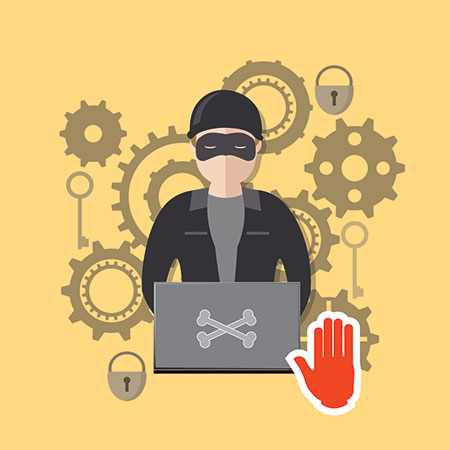Threats to products have moved well beyond blazes and electrical shocks
By Jerry Plank
 We all remember that first ride on a roller coaster at the amusement park. Getting in the car, strapping yourself in and the slow, slow, slow ascent to the top, where each clank of the coaster car on the tracks intensified your ominous feeling of total helplessness. Then it happened, the apex was reached and all of your being was fixated on the unknown, of what comes next. Finally, the bottom dropped out as the coaster increased speed and the end of the ride seemed nowhere in sight.
We all remember that first ride on a roller coaster at the amusement park. Getting in the car, strapping yourself in and the slow, slow, slow ascent to the top, where each clank of the coaster car on the tracks intensified your ominous feeling of total helplessness. Then it happened, the apex was reached and all of your being was fixated on the unknown, of what comes next. Finally, the bottom dropped out as the coaster increased speed and the end of the ride seemed nowhere in sight.
Product safety, as a field, sometimes leaves us feeling just like that first roller coaster ride: When do we reach the bottom, or the conclusion, of what some would say has been a rocky ride for the last 40 years?
After the Great Chicago Fire of 1871—which killed 300 people, destroyed 2,112 acres of the city and left 100,000 people homeless—safety standards started to be published. The Chicago fire was blamed on a cow kicking over a kerosene lantern in a barn, which was later determined to be fake news made up by the local publisher to sell newspapers. Actually, the cause remains a mystery. But the safety standards borne out of the disaster have served us well for decades.
EXCITEMENT AND RISK
As an industry changes, so do the risks associated with its new products and technologies. The Internet of Things is exciting and the types of lighting solutions will be limitless, but they will bring new types of threats. In earlier installments of this column, we identified risks that had to do with cybersecurity. If you think cybersecurity is a tempest in a teapot, think again. The federal government has created a list of known vulnerabilities to electronic equipment titled the National Vulnerability Database (NVD) accessible at the National Institute of Standards and Technology (NIST) website.
Further, Underwriters Laboratories has issued a new standard for safety, UL2900-1, titled Software Cybersecurity for Network-Connectable Products, Part 1: General Requirements, which will be used with the NIST NVD to assess products at risk.
Michael Ritto, business development manager for lighting products at UL, states, “Product safety considerations now go far beyond functional safety like protecting against electric shock and fire hazards.” He further states that “the growing trend of interconnected devices allows for much useful functionality, but also makes these devices more vulnerable to cyber threats.”
Products can now be evaluated to assess those threats delineated by NIST in the NVD per UL2900-1, which is recognized by ANSI (American National Standards Institute) and SCC (Standards Council of Canada). An interesting point is that a product certification to UL2900-1 is granted for one year, at which point a reevaluation will be conducted to see if the updated NVD contains new threats. It’s safe to say the future is here and we’re running headlong into it.
Our industry must embrace the new threats and stay involved in the process to make sure safety requirements don’t overreach and limit creativity in our products. The new breed of roller coaster is here and only those with a strong heart should jump on the ride.


